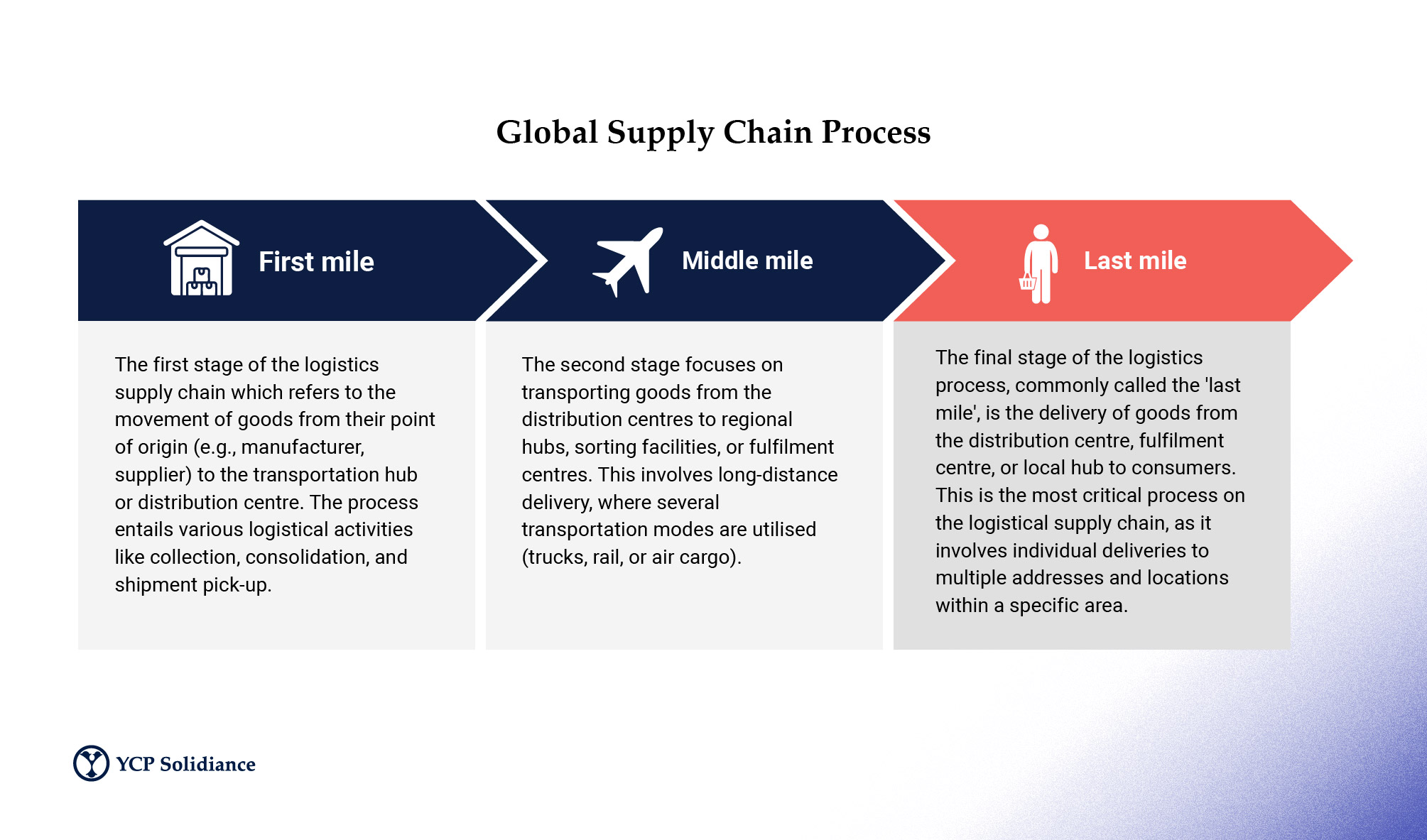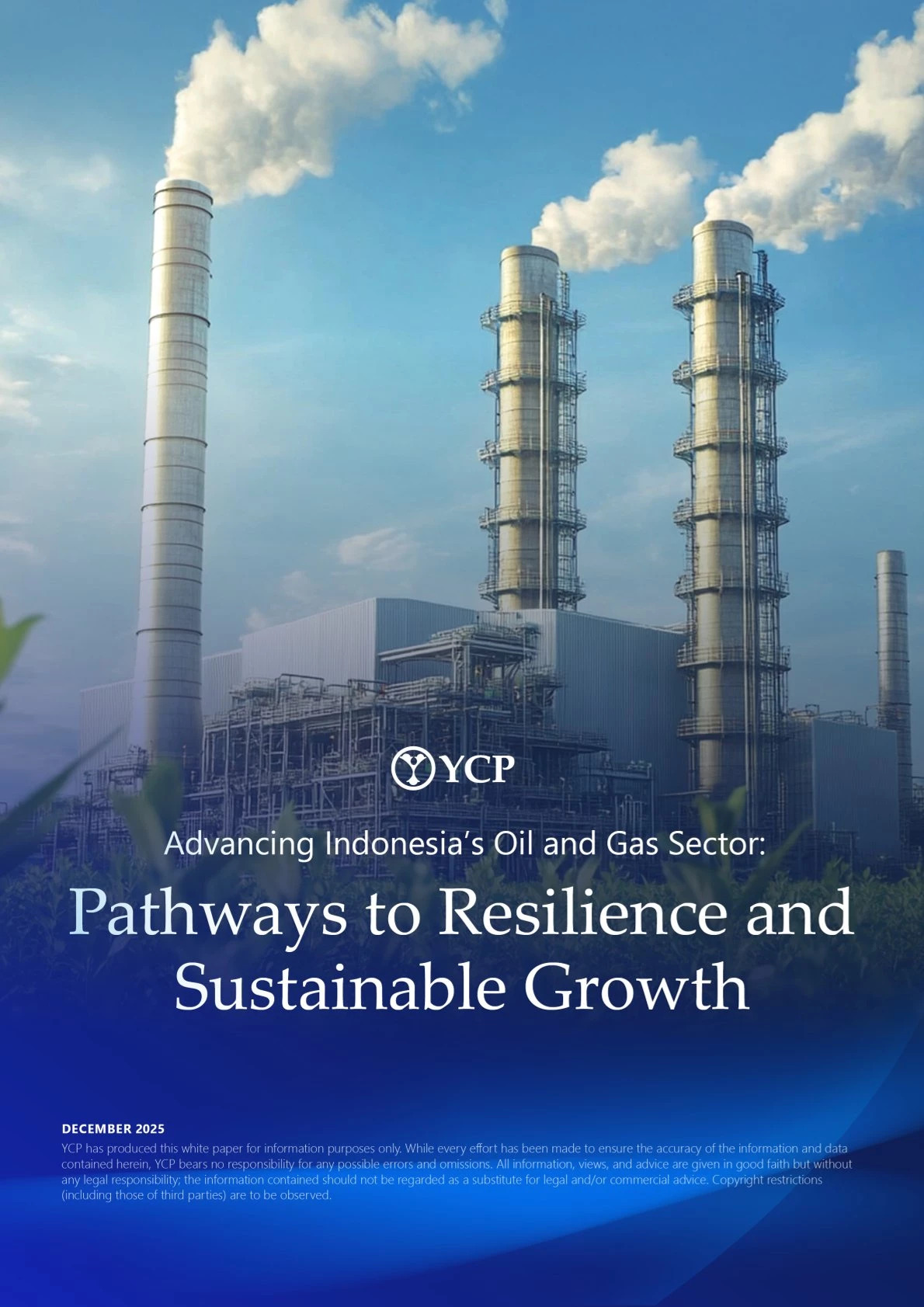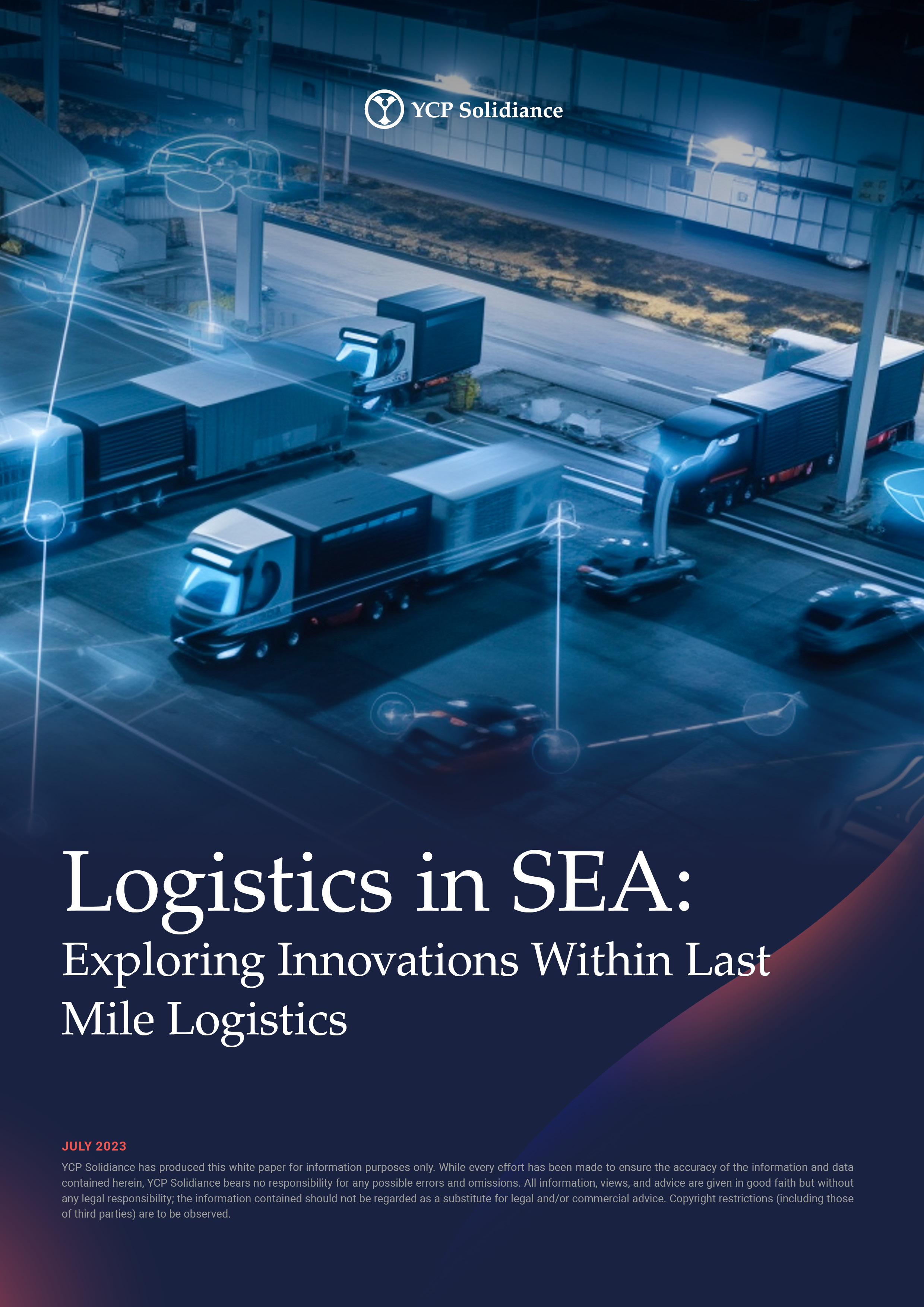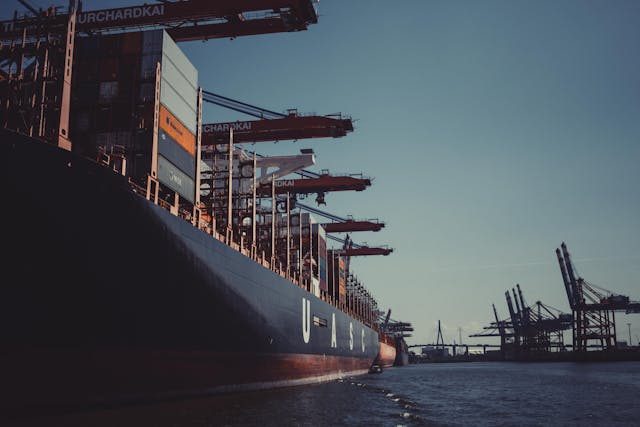The COVID-19 pandemic has had a significant impact on the growth of e-commerce and last mile logistics in Southeast Asia (SEA). With the enforcement of lockdown measures, consumers in the region turned to e-commerce platforms to fulfill their needs for essential goods, igniting a rapid expansion in the industry. From 2016 to 2021, the total value of e-commerce sales in Southeast Asia quintupled, driven by the surge in online purchases during the pandemic. It is anticipated that consumers in SEA will continue to experience an increase in spending power, further fueling the growth of e-commerce and last mile logistics in the region.
In response to e-commerce’s exponential growth, consumers now have higher expectations when it comes to receiving timely and reliable deliveries. Consequently, businesses in Southeast Asia are heavily investing in last mile delivery solutions to meet these demands. Technology advancements in last mile logistics play a crucial role in driving innovation within the sector, as companies explore alternative delivery methods like drones and lockers to enhance service offerings.
In this rapidly evolving market, it is imperative for businesses to remain ahead of the curve and embrace the latest trends in last mile logistics. This white paper offers a comprehensive overview and analysis of the last mile logistics market in Southeast Asia, shedding light on the key growth drivers and the most promising opportunities for companies seeking to gain a competitive edge.
Opportunities and Innovations in Last Mile Logistics in SEA
In logistics, the term “last mile” represents the final stage of the distribution process, encompassing the transportation of goods from a central hub to the end-user. Efficient last mile logistics have become a key distinguishing factor for logistics companies.

This publication highlights four opportunity areas for last mile stakeholders that take into consideration the unique needs and market landscape of SEA:
- Utilizing data analytics which can help companies gain insights into delivery patterns and customer behavior to improve the overall delivery experience.
- Partnering with companies that have built sustainable operations to incorporate more environmentally friendly delivery options, especially as consumers become more ESG-aware.
- Working with regulators to explore autonomous delivery methods and gain a unique foothold on the market through innovative technology
- Consolidating the fragmented delivery market for overall efficiency and creating a better, more well-rounded customer experience.
Download our free report to explore how businesses can embrace opportunity areas, identify challenges, and gain insights into the current logistics landscape in SEA.
Author
Mehdi Jaouadi
Mehdi is a Partner based in Thailand, with over 14 years of experience in strategy formulation, business development, and large-scale expansion growth within Automotive, FMCG, Healthcare, and other sectors.
Recent White Paper
See All





